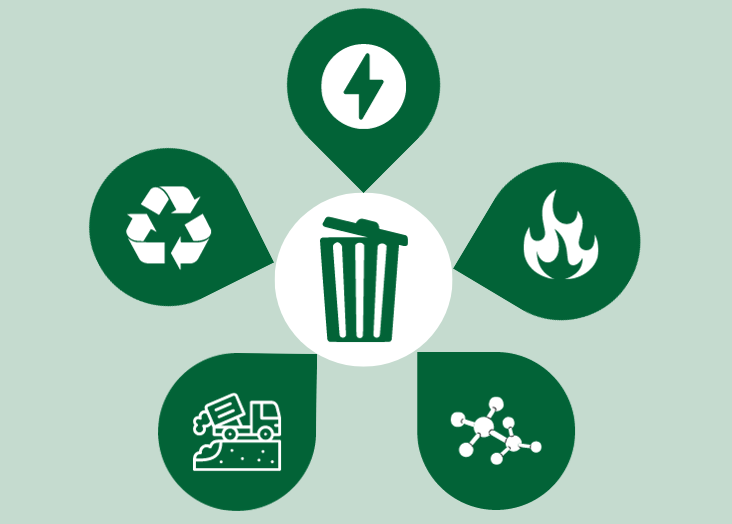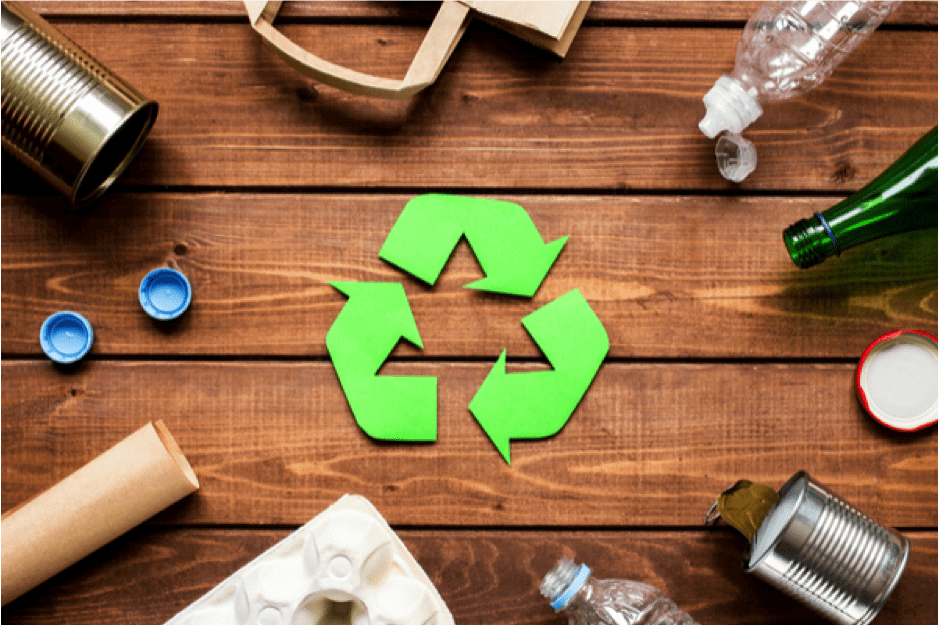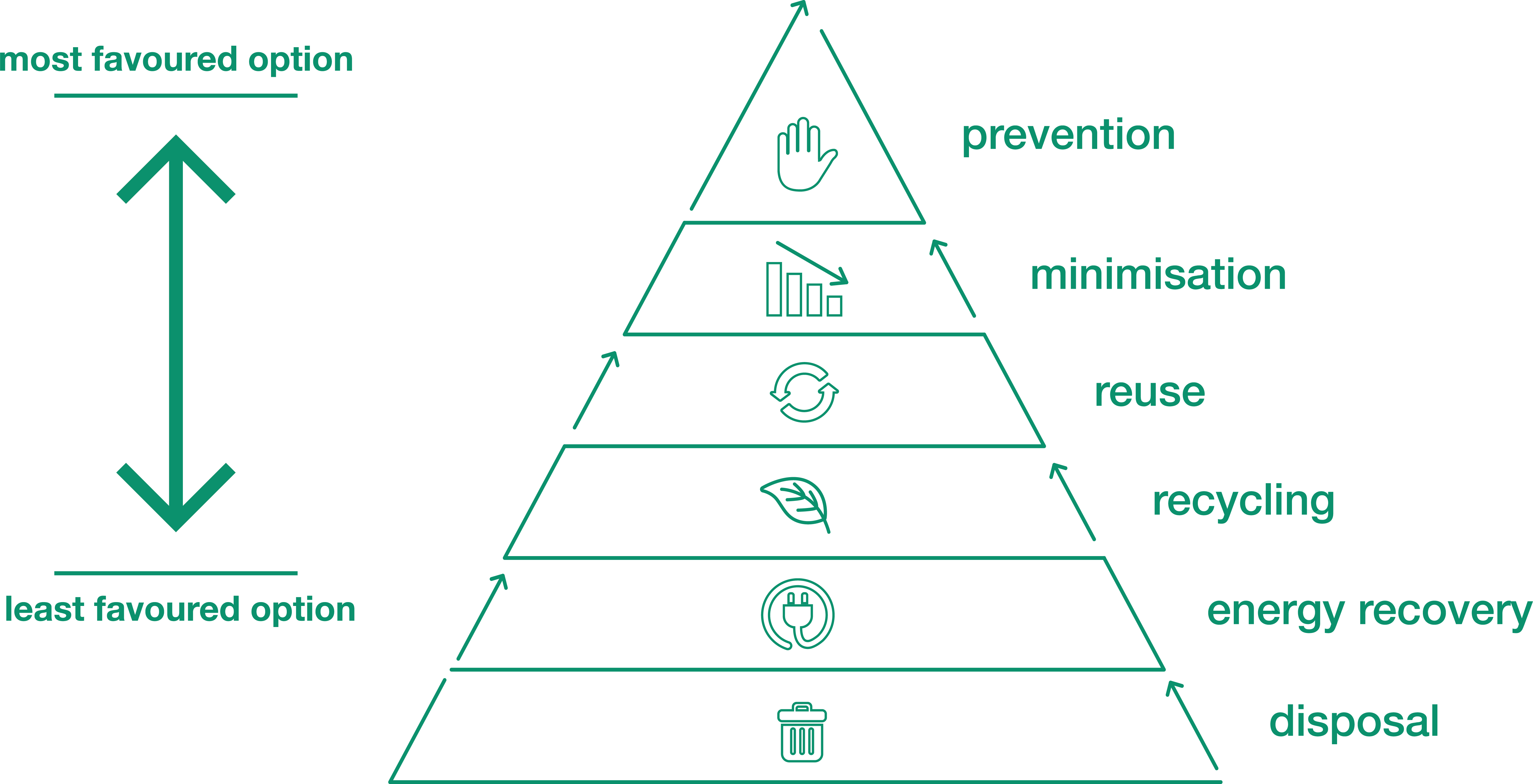How Recycling Lives Services Help Reduce Environmental Impacts
How Recycling Lives Services Help Reduce Environmental Impacts
Blog Article
Discovering Different Types of Waste in Modern Waste Monitoring Equipment
The contemporary landscape of waste monitoring includes browsing a complex variety of waste types, each requiring specialized handling and disposal approaches to reduce environmental impacts. Metropolitan solid waste, contaminated materials, digital waste, and organic waste each present distinct challenges and chances for resource recovery. Cutting-edge solutions such as clever waste containers and waste-to-energy modern technologies are arising as critical tools in improving efficiency and sustainability. Understanding these waste kinds is important for fostering public recognition and encouraging energetic participation in lasting practices. What methods can properly deal with these different kinds of waste while promoting a round economic situation?
Community Solid Waste
Community strong waste, typically described as household garbage or trash, encompasses a variety of disposed of materials produced by property, business, and institutional sources within a district. This waste stream typically consists of products such as packaging, food scraps, lawn trimmings, paper, plastics, fabrics, and thrown out family products. The administration of local solid waste is a critical part of city planning and public wellness, requiring effective collection, transportation, and disposal systems.
Effective waste administration systems are designed to decrease ecological influence while taking full advantage of source recuperation. This commonly includes a combination of strategies including composting, recycling, and landfilling. Recycling programs target materials like paper, glass, metals, and certain plastics, diverting them from land fills and reestablishing them into the manufacturing cycle. Composting organic waste, such as food scraps and lawn trimmings, not only lowers garbage dump use however also creates valuable dirt amendments.
Communities have to additionally deal with the logistical and financial challenges associated with waste management. Implementing pay-as-you-throw systems, enhancing public understanding, and purchasing innovation can significantly enhance waste diversion prices. By incorporating these methods, communities can cultivate lasting communities, decrease greenhouse gas discharges, and conserve natural deposits.
Contaminated Materials

Reliable contaminated materials management involves numerous essential steps: recognition, treatment, disposal, and segregation. Identification involves the classification of waste based upon its unsafe homes. Segregation makes sure that harmful products are saved separately from non-hazardous waste to stop cross-contamination. Treatment techniques, such as chemical neutralization, incineration, and stablizing, are used to minimize the poisoning, volume, or movement of the waste. Disposal options, consisting of protected land fills and underground storage, are selected to ensure lasting containment.
Regulative structures, such as the Source Preservation and Recuperation Act (RCRA) in the USA, give guidelines and requirements for contaminated materials monitoring. Adherence to these laws, coupled with improvements in waste treatment technologies, is important in alleviating the risks related to contaminated materials.
Electronic Waste
Electronic waste, typically described as e-waste, stands for a rapidly expanding difficulty in waste administration systems worldwide. This kind of waste incorporates disposed of electronic gadgets and tools such as smartphones, computers, televisions, and other digital devices. The fast pace of technical innovation, coupled with lowering product life-spans and consumer need for the most recent tools, has significantly raised the volume of e-waste created every year.
E-waste is particularly problematic due to its intricate make-up, often having dangerous substances like cadmium, mercury, and lead, which posture considerable environmental and health risks if not appropriately handled. On the other hand, e-waste additionally has beneficial materials such as copper, gold, and silver, which can be recuperated and recycled. The twin nature of e-waste-- both harmful and valuable-- necessitates specialized handling, recycling, and disposal procedures.
Effective e-waste administration entails strict governing frameworks, durable collection systems, and advanced reusing innovations. Public awareness and involvement are important, as incorrect disposal techniques, such as unlawful dumping and informal recycling, exacerbate environmental contamination and health risks. Boosting e-waste administration methods is essential for reducing ecological effect and recuperating valuable sources in an increasingly digital globe.

Organic Waste
Organic waste, comprising kitchen scraps, lawn trimmings, and agricultural residues, stands for a considerable section of the worldwide waste stream. This sort of waste is eco-friendly, suggesting go right here it can be broken down by microbes right into easier organic compounds. Despite its potential for all-natural decomposition, improper management of organic waste can bring about unfavorable environmental impacts, including the discharge of greenhouse gases such as methane, which add to climate adjustment.
Effective administration of natural waste is important for decreasing these environmental influences (recycling lives services). Composting is a widely adopted method, changing organic waste right into nutrient-rich garden compost that can improve dirt health and farming efficiency. Additionally, anaerobic digestion is an emerging modern technology that converts organic waste into biogas, a renewable resource resource, and digestate, which can be used as fertilizer
Municipalities and waste monitoring entities must execute durable organic waste collection and treatment programs to make the most of the advantages of these procedures. Public education and learning projects can also play an essential duty in encouraging families and businesses to different organic waste from various other kinds of waste. By prioritizing the monitoring of organic waste, cultures can decrease land fill use, reduced greenhouse gas emissions, and produce beneficial by-products for farming use.

Cutting-edge Waste Management
In the world of waste administration, cutting-edge approaches are changing just how cultures manage their refuse, see this site intending for sustainability and efficiency. These improvements incorporate a variety of technologies and practices that boost reusing rates, decrease garbage dump dependency, and reduced ecological influence. One noticeable innovation is the execution of smart waste bins furnished with sensors that check fill levels and maximize collection courses. This not only lowers gas intake yet also minimizes greenhouse gas exhausts.
One more remarkable development is the adoption of waste-to-energy (WtE) innovations. By converting non-recyclable waste into functional energy via procedures such as incineration and anaerobic digestion, WtE lowers land fill worry and supplies a sustainable power source. Moreover, innovations in chemical reusing enable the failure of intricate plastics right into their initial monomers, allowing the development of new, high-quality plastic products.
Additionally, the circular economic climate model is getting grip, emphasizing the style of items and systems that prioritize reusability and source performance. This alternative strategy motivates sectors to decrease waste generation from the outset. Via these ingenious strategies, contemporary waste management systems are not only attending to the instant difficulties of waste disposal but additionally paving the means for an extra sustainable future.
Conclusion
A detailed understanding of community solid waste, contaminated materials, electronic waste, and organic waste, coupled with the execution of ingenious waste monitoring services, is necessary for reducing environmental influences. Incorporating technologies such as clever waste bins and waste-to-energy systems can improve performance and sustainability. Reliable waste management approaches not only foster resource recovery but additionally promote public recognition and involvement, inevitably adding to the advancement of a round economic climate.
The modern landscape of waste monitoring includes navigating a complicated variety of waste kinds, each needing specialized handling and disposal approaches to alleviate environmental influences. Metropolitan solid waste, dangerous waste, electronic waste, and natural waste each present distinct obstacles and chances for source recuperation.Electronic waste, frequently referred to as e-waste, represents a quickly growing challenge in waste right here management systems globally. Via these cutting-edge strategies, modern-day waste administration systems are not only dealing with the immediate challenges of waste disposal yet likewise paving the way for an extra sustainable future.
An extensive understanding of community solid waste, unsafe waste, electronic waste, and organic waste, combined with the application of cutting-edge waste monitoring options, is crucial for minimizing environmental impacts. (recycling lives services)
Report this page